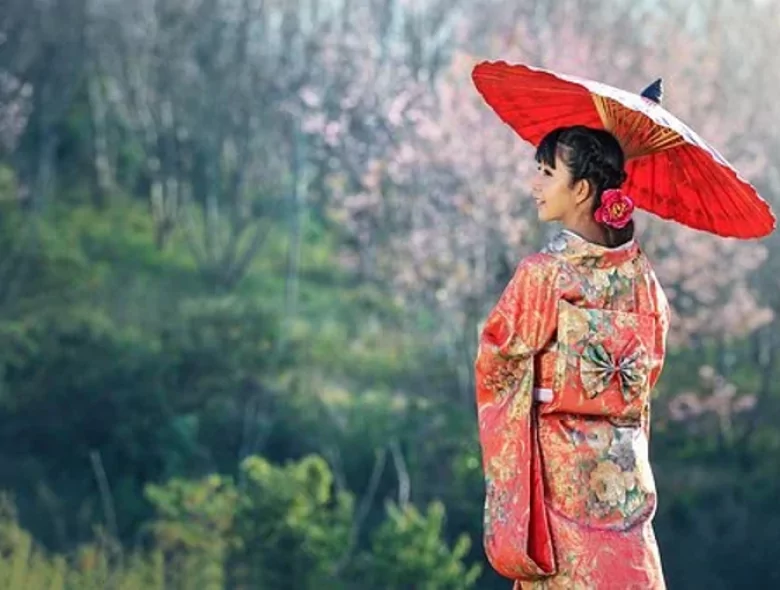Japan has many cultural and natural beauties but they also have creative and eye-catching traditional clothes. Check out our article to discover some of the best Japanese clothing you can find.
Japan is mostly known for its long history and deep culture. Even in modern times, you can see the way that Japan’s past has affected its present. Not only can this be seen in its architecture but its clothing as well. Japan has a long history of clothing designs and ideas that affect its social make-up. We will look at how traditional Japanese clothing has changed, and how foreign visitors can partake in wearing traditional Japanese garbs.

History
For a long time, the people of Japan wore basic cloths known as hakama and yukata. These were robes and pants that were easy to make and wear while working or doing other menial tasks. During the Heian period, the idea of yukata, kimono, and hakama began to feature more intricate designs. People still wore them regularly, but over time that would change.
During the Nara period, clothing became one way people would show whether they were upper or lower class. The upper class wore clothes that would cover most of their bodies. The women would wear kimono and robes that would go from their feet to their collarbones with long sleeves to hide their hands. The kimono were ornate, and wearers would don many layers of robes at one time.
Women wearing these types of kimonos were showing the public that they were not allowed to look upon the higher classes and only saved showing their skin to others of standing. It would later be believed that showing too much skin would leave a person open to evil spirits. Since the working class wore clothes that exposed their skin while doing hard labor, they were seen as unprotected and lower than others of society.

Becoming Westernized
Japan would eventually become more westernized and with the culture changing, so too would the clothing. The concept of covering one’s body would begin to loosen and more western-styled clothes were incorporated into the military and police forces. They would begin to wear uniforms made of fabrics imported from foreign nations and uniforms would be in the same style as those found in western cultures.
Eventually, there would be a call for standard Japanese school uniforms along with more western-style designs in clothing in general. The traditional Japanese style of clothing would be relegated to festivals, ceremonies, and special events. Some jobs in Japan have their workers wear traditional kimono and yukata, but you will mostly find them at big events.
Now you will see many western clothing companies in Japan with Japanese stores trying to mimic their western counterparts. Traditional Japanese clothes have found their way back into popular culture in many countries and have begun to appear in normal clothing as a sign of fashion.

Finding Your Kimono
When you go to Japan you will find that you can rent or buy a kimono or yukata. There are many shops you can visit to get a special fitted dress for you and your travel companions. These shops can be found near popular stations and tourist attractions. There are a few places you can visit to get high-quality modern kimono or authentic traditional style kimono.
Harajuku is a very popular place known for its wide selection of kimono. You can find a variety of styles and they are used to having foreigners visit their stores. You could rent one for a day and enjoy the city or you could buy one to take home to wear to special occasions. These may not the most traditional kimono but they are the most fashionable you can get.
Ginza is a well-known district in Tokyo and it is mostly known for its high priced shopping. You can find some of the most extravagant pieces there. Your wallet will take a hit but you will be guaranteed a professional kimono or yukata.
There are other traditional Japanese clothing you can find at a cheaper price but it won’t be as extravagant. Jinbei are traditional Japanese clothes that are worn in the summer. They are made to allow air to flow through and they feel great on a hot day. Happi is another kind of traditional Japanese clothing that can be worn over light clothes or over nothing at all. You can see them in special events and taiko drum groups regularly wear them.
You should find a shop or store that will fit you for your yukata or kimono. They will ensure that you will have the perfect size. It is a great feeling having them put it on for you, and it is a great way to experience traditional Japanese culture.



